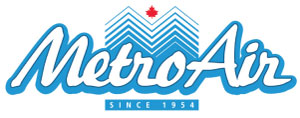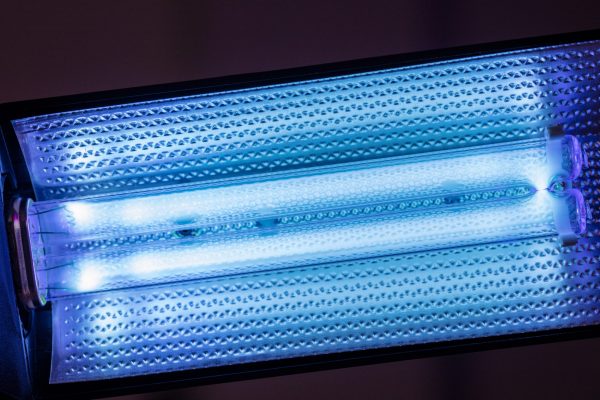Air quality inside your home can significantly impact your quality of life. Poor air quality can cause or aggravate allergies, asthma, and other respiratory illnesses. UV lights are said to purify the air, but how do they work?
We will cover details about UV lights and how they can improve indoor air quality. But first, what do UV lights entail?
What Are UV Lights?
Ultraviolet light, also known as UV light, is the part of the electromagnetic spectrum with wavelengths shorter than visible light. The highest energy part of the UV spectrum is referred to as UV-C, or short-wavelength UV. The other parts of the spectrum are UV-B and UV-A, or long-wavelength UV.
UV lights are used in several areas and applications, such as cosmetics. Skin tanning beds use long-wavelength UV-B to give people a suntan. UV lights are also used in LEDs and other lighting devices to increase their light output and efficiency.
UV lights are also used in water purification systems to sterilize drinking water. The water particles absorb UV light and produce heat-induced and radiation-induced chemical reactions that kill pathogens and other bacteria.
Additionally, UV lights kill certain microorganisms in the air as well. But how exactly are they able to accomplish this?
How Do UV Lights Improve Indoor Air Quality?
The ultraviolet spectrum of radiation affects the DNA and RNA of microorganisms, which interferes with their ability to reproduce and survive. In summary, UV light is damaging to microorganisms.
Ultraviolet lights can also destroy airborne viruses by destroying the viral material that causes viral diseases like influenza or the common cold. If you suffer from allergies or respiratory illnesses, UV lights can kill off some of the triggers that cause your symptoms.
But how can you maximize the efficiency of your UV lights to keep your home’s air clean?
UV Lights and Your HVAC System
A standard method people utilize to block particles from their HVAC systems is using air filters. Although air filters are very effective at filtering dust, they cannot block viruses, bacteria, and other microorganisms.
UV lights are a better alternative to using air filters when it comes to dealing with allergens. This is because UV lights remove and kill viruses and bacteria. There are two ways an HVAC technician can install UV lights in your system:
- Coil sterilization
- Air sterilization
Coil sterilization involves attaching a UV light to your evaporating coil. It helps prevent mold and mildew from polluting the air in your home. Since there is a lot of moisture in the evaporating coil, the UV lamp aids in destroying any mold forming.
On the other hand, air sterilization involves installing UV lamps in the duct system to entirely clean the air passing through the HVAC system. The primary goal of this option is to cleanse the air rather than clean the HVAC unit.
It is worth noting that you must ensure that the materials subjected to UV radiation can withstand the heat. This is because UV radiation causes some materials to degrade, a process known as photodegradation.
Now that you’ve learned about UV lights, it’s time to address some downsides. As much as UV lights can improve indoor air quality, there are disadvantages.
Disadvantages of Using UV Lights
For starters, UV lights are quite costly to set up. Depending on the model, these lights can cost hundreds of dollars. More powerful UV lights are also more expensive. However, they come in a variety of prices, depending on the model and size. Ensure you select one that fits your budget and needs.
UV lights also contribute to the formation of the ozone layer. Once UV lights reach a certain level of intensity, they can produce ozone. Ozone is a known irritant that can cause asthma and respiratory illnesses. However, not all UV lights contribute to ozone formation. The key is the lamp’s glass. Ozone is produced using soft glass or ordinary quartz glass. However, ozone is absorbed when quartz glass is mixed with titanium.
Another disadvantage is that UV purification doesn’t remove dust. UV lights are optimized to reduce microbes and harmful particles in the air instead. Using air filters alongside UV lights is one way to improve the situation.
Remember, even if you install a UV light purifier in your HVAC system, you must change your air filters frequently. If you neglect the air filters, the dust buildup will make it more difficult for UV lights to purify the air in your home.
Despite these disadvantages, UV lights help to greatly improve indoor air quality, thus protecting you from allergies and respiratory illnesses.
Contact the Professionals
At Pinnacle Group, we strive to provide excellent customer service and help you find the best home products for your HVAC unit. We also work to educate you on how to improve the air quality and efficiency of your HVAC system. Contact us today to learn more about our HVAC services. We provide heating and cooling services as well as zoning solutions for customers in Brampton and surrounding areas.


